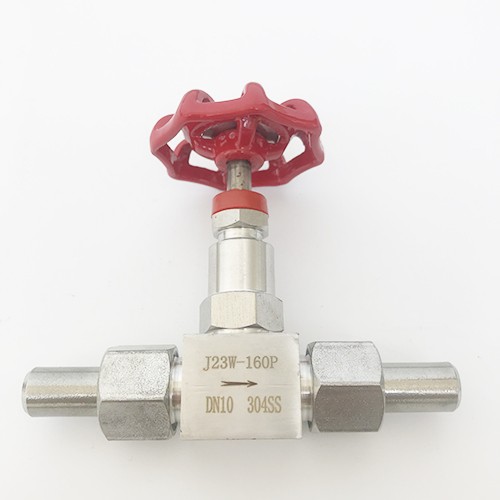How to check a Solenoid Valve which isn't working properly?
Most valve problems are attributed to dirt getting into the valve during installation, cleaning the solenoid may resolve the issue.
The fuse may be blown in your Irrigation Controller
Check the fuse in your Irrigation Controller. If the Solenoid Valves have been wired incorrectly, it will cause a short on the controller and blow the fuse
Solenoid Valves may be wired incorrectly
Ensure each Solenoid Valve has two wires connected to the coil. One should lead to the COMMON terminal on your Irrigation Controller, the other should lead to the desired STATION terminal on your Irrigation Controller
Flow control stem on the Solenoid Valve may not be open
Check the flow control stem on your Solenoid Valve is fully open, if this isn't open it will reduce the amount of flow coming through the valve
Ensure the Solenoid Valve has been installed in the correct direction
When installing your Solenoid Valve, ensure it is installed in the correct direction. An arrow indicating the flow direction is clearly marked on the valves body.
Ensure the manual switch in the OFF position
On some models near the coil is a small lever which can manually operate the valve when normal 24V power is not available, or for flushing.
In most situations where there is power, this switch should remain in the OFF position. If the manual switch is in the ON position, the valve will always remain open thus allowing water through the valve if other solenoids are activated.
In models without a manual use (OFF/ON) switch, ensure the bleed screw and coil are hand tightened to the solenoid body.
Ensure there is there an o-ring under the coil
Unscrew the coil and ensure that there is an o-ring seal. Be careful that the plunger doesn't fall out of the coil when you unscrew it
Ensure there is a plunger and it is not stuck
If there is no plunger, or it is jammed up the coil, the valve will remain open. The plunger should have a spring like movement when pressed with your finger.
If not, the plunger is stuck. This can be fixed by removing the plunger and cleaning it with some water until it retains the spring like action again.
Never use a lubricant spray as this will attract dirt and cause additional problems
Ensure valve internals are clean
Sometimes dirt or grit can enter the valve and cause a blockage. It is necessary to clean the valve and ensure that the inlet and oulet is clear of any foreign material.
It is also important to make sure that the internals of the valve are replaced the same way as they were dismantled.
Additional information:
Check that the coil is not burnt out. This can be tested by swapping out the coil from a valve that has been confirmed to work properly
Alternatively, follow these steps:
Remove the coil by holding any wire from the coil at the controllers active station terminal
Place the other wire from the coil at the common terminal. The plunger should pull in when that station number is switched on. The plunger acts like a magnet when the coil receives a current from the controller. When doing this, it doesn't matter which wire from the coil is common and which one is active
Other possible faults that may cause a valve not to operate include:
Cut or damaged wiring
Poor wire connections
Blown transformer
Blown fuse (generally caused by poor wire connections)
Most Irrigation Controller instruction manuals include a fault finding guide which may help with this process
Spare coils are available via the link below:
Replacement Solenoid Coil 24vac
-
The Key to Fluid Control: Exploring the Advantages of Ball Valves in Industrial SystemsNewsJul.09,2025
-
The Versatile World of 1, 2, and 3 Piece Ball ValvesNewsJul.09,2025
-
Stainless Steel Ball Valves: The Ideal Choice for Efficient Flow ControlNewsJul.09,2025
-
Optimizing Fluid Control with Ball Float ValvesNewsJul.09,2025
-
Manual Gate Valves: Essential for Control and EfficiencyNewsJul.09,2025
-
Everything You Need to Know About Butterfly ValvesNewsJul.09,2025
-
The Versatility of Wafer Type Butterfly ValvesNewsJul.08,2025





